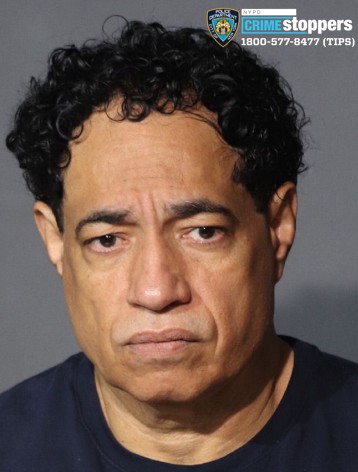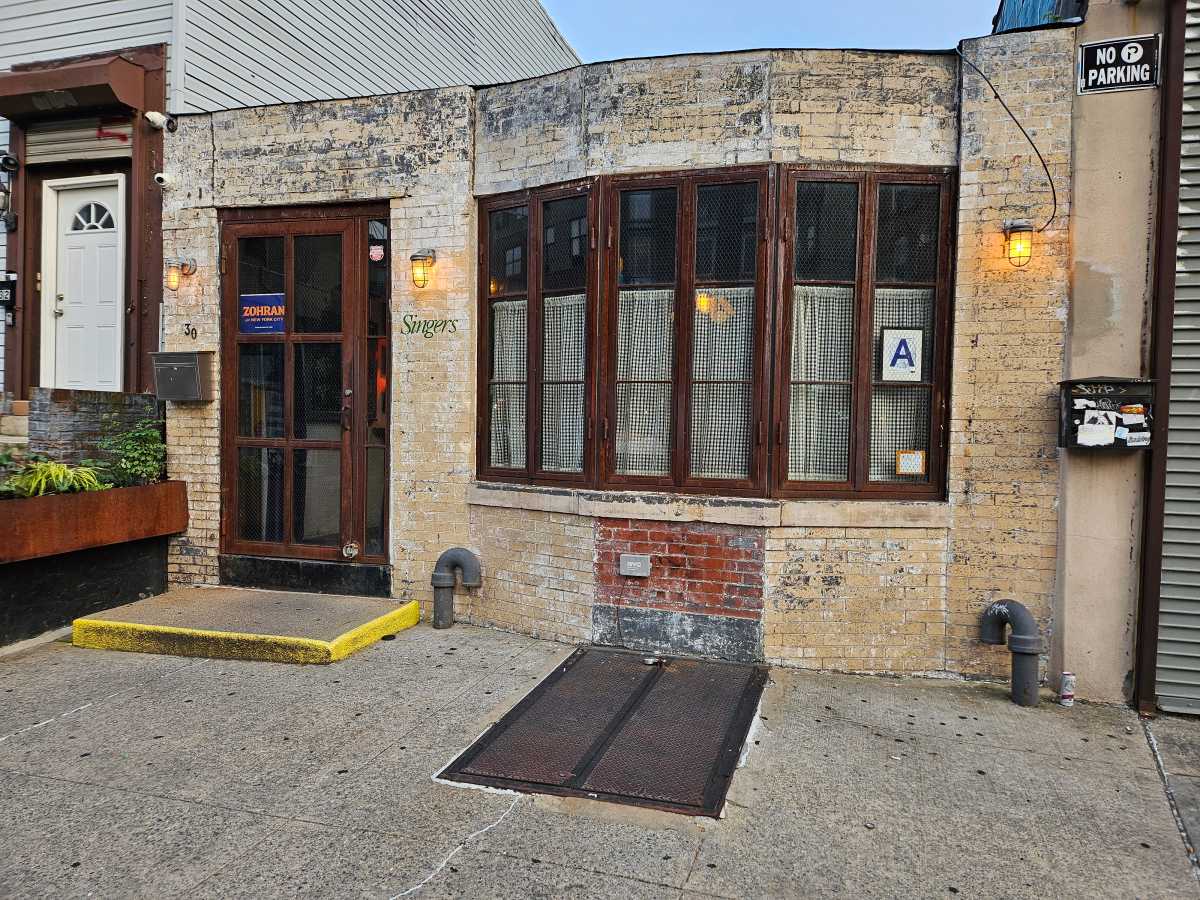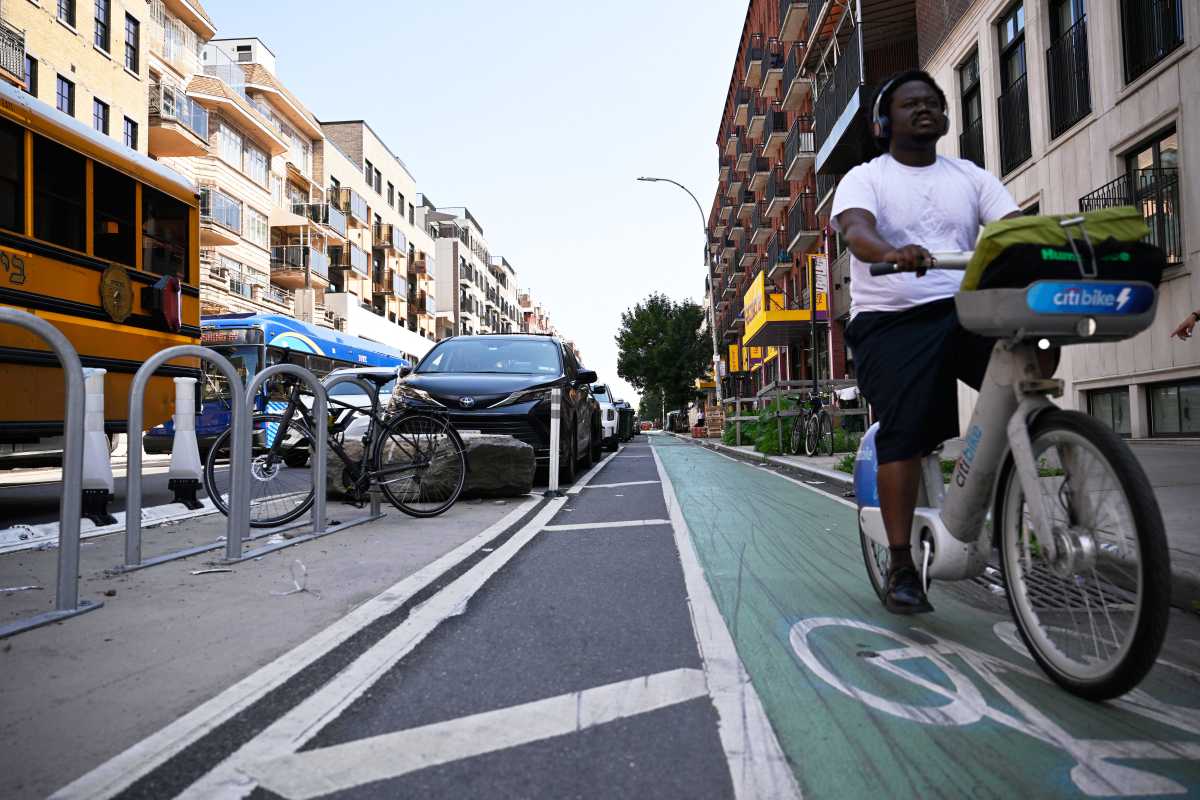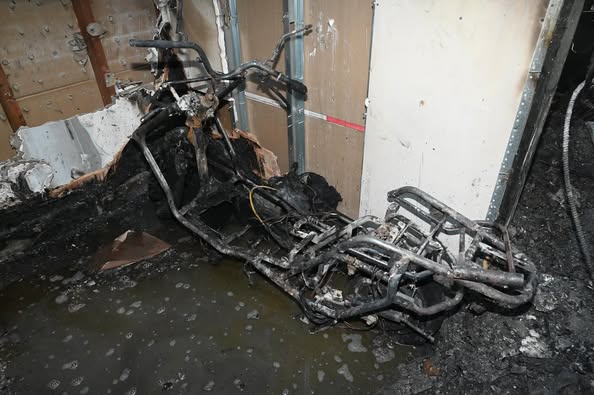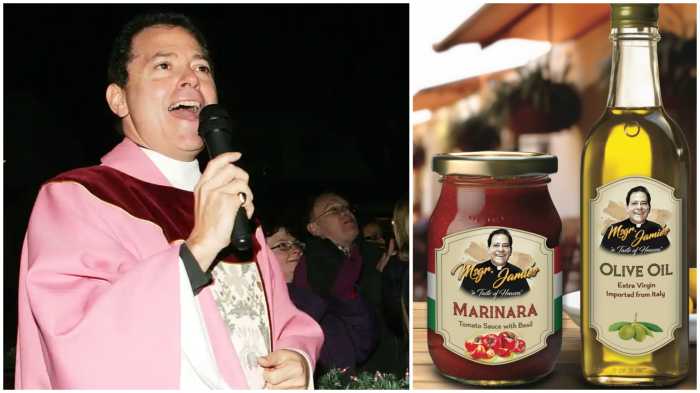
BY DENNIS LYNCH | The Department of Education (DOE) has released the results of ongoing water tests at schools across the city, including from schools in Chelsea and Hell’s Kitchen that, in some cases, show elevated levels of lead in drinking water.
Visit schools.nyc.gov/AboutUs/schools/watersafety.htm to access the data. In the search box toward the bottom of the page, type in a specific location to see how many tests the department took at the school that came back with levels of lead above the federal government’s 15 parts per billion (ppb) threshold for remediation.
That DOE website only says how many tests exceeded that federal limit, not what the actual results of the test were, or from which particular water outlet (sinks, fountains, hoses, etc.) those samples came. Parents with children in the public school system will receive a letter with detailed information about test results at their school directly from their school when testing is completed, which will include the exact levels of lead found in samples taken at each water outlet in the school. The letter will be posted on the school’s individual website as well.
The DOE expects to finish testing and release those school-by-school letters in the coming weeks. The department will release a citywide summary sometime after that.
The department said there has never been a known case of lead poisoning due to drinking the water in New York City. When workers find samples with elevated levels of lead in drinking or cooking water fixture outlets, they will remove the fixtures, flush all or part of the system to eliminate water sitting in pipes overnight, replace the equipment, and re-test for lead. Any of those fixtures will remain out of service until testing shows that the water does not have levels of lead above 15 ppb.
A DOE water testing fact sheet said, “Elevated samples in schools are most likely due to water sitting in fixtures/pipes for extended periods, and, in most cases, when you run the water for 30 seconds, results from those samples are not elevated.”
Spokesperson Toya Holness said there was “no reason for alarm” about the quality of water in schools.
“Parents can rest assured that water in New York City is of the highest quality in the world, and we have stringent protocols and robust procedures in place to ensure that water in school buildings is safe for students and staff,” she said. “This is standard protocol and there is no reason for alarm: We are continuing to provide students and staff with safe drinking water.”
Upon request, the DOE shared detailed results with Chelsea Now for PS 11, which had the highest number of samples showing elevated levels in Chelsea and Hell’s Kitchen/Clinton. Testers found 17 instances of elevated levels out of the 101 samples it took there (320 W. 21st St., btw. Eight & Ninth Ave.) in January.
Most of those samples with elevated levels came from “hose bibs,” around the schools. Hose bibs are outlets threaded to accept a hose and are typically located on the exterior of a school building and are not potable drinking sources, according to the DOE.
But two samples with elevated levels were taken from water fountains. Testers found 49 ppb of lead in a sample from a cafeteria fountain and 130 ppb in a sample from a hallway fountain, just under nine times the federal action level. They found the sample with the highest concentration of lead — 2,100 ppb — at a hose bib in a boy’s bathroom.
Those concentrations are all higher than what independent testers found in most homes around Flint, Michigan, during one of the most widespread lead contamination events in recent years. An independent Virginia Tech team tested lead levels from samples from 271 homes around Flint and found 90 percent of their samples had levels lower than 27 ppb. Virginia Tech’s highest reading was 158 ppb, according to the Washington Post.

New York City’s recent tests are the first such to employ a new protocol the city established in September. Previously, workers would run water for two hours from all the water outlets in a school, turn them off, and eight hours later take samples. The Environmental Protection Agency (EPA) discourages the practice because it can lower the levels of lead in samples by “[removing] water that may have been in contact with the lead service line for extended periods, which is when lead typically leaches into drinking water,” according to 2016 agency memo. The city has already replaced all lead service lines at schools.
They also conducted tests during the summer. Now the city will try to conduct most tests during the school year, and will only flush the pipes if tests take place on Mondays and during school holidays when water has been sitting in pipes, according to the New York Times. Testing will cost the city between $15-20 million compared to $13 million last year.
The advocacy group Environment New York (environmentnewyork.org) in a report this month found that samples from nine times as many water outlets showed levels above 15 ppb under the new protocol.
A few days later in September, Governor Cuomo signed the state’s first mandatory school lead testing law that requires each school district to conduct tests consistent with the “toughest lead contamination testing standards in the nation,” according to gubernatorial officials. Previously, only schools that drew water from a well — not schools connected to municipal systems such as city public schools — had to test water for lead.
Environment New York also noted in its report that lead was detected above that threshold at 14 percent of school water outlets tested across the state under the new testing requirements. A spokesperson for the group, Heather Leibowitz said that count doesn’t cover results showing lead under 15 ppb and that the group believes “this almost certainly shows many more faucets and fountains with lead in the water.”
“The way we know this is to look at the Massachusetts data showing results under 15 ppb. When you look at all those results, the percentage with lead is not 14 percent but rather almost 50 percent for Massachusetts,” Leibowitz said.
The EPA’s and Centers for Disease Control’s (CDC) position is that there is no “safe” level of lead in drinking water. Between 2002 and 2004, the EPA considered 40 ppb of lead warranted “immediate action,” but removed reference to that number over a decade ago, according to a USA Today report. The CDC recommended pregnant women and children drink bottled or filtered water if more than 15 ppb of lead is found in their home drinking water.
Children are particularly vulnerable to the negative effects of lead poisoning. The EPA notes that “low levels of exposure have been linked to damage to the central and peripheral nervous system, learning disabilities, shorter stature, impaired hearing, and impaired formation and function of blood cells.”
The DOE is finding troubling amounts of lead in samples taken from public schools in all corners of the city, in many cases at much higher levels than found at PS 11. For example, samples taken at a water fountain at a Staten Island middle school in December came back with 2,260 ppb and samples from a classroom faucet contained an astounding 32,500 ppb.
“The NYC Department of Education, Department of Health, and Department of Environmental Protection assure my colleagues and I that the drinking water in our schools is completely safe,” said Councilmember Corey Jonson in a Feb. 15 email statement to Chelsea Now. “However,” he added, “any discussion at all of lead in schools is of great concern to me and to the parents of my district. Therefore, I have requested that the Department of Education meet with our parent communities as soon as possible to answer questions and fully address any and all concerns. Nothing is more important than the health and safety of our children.”



